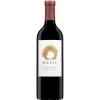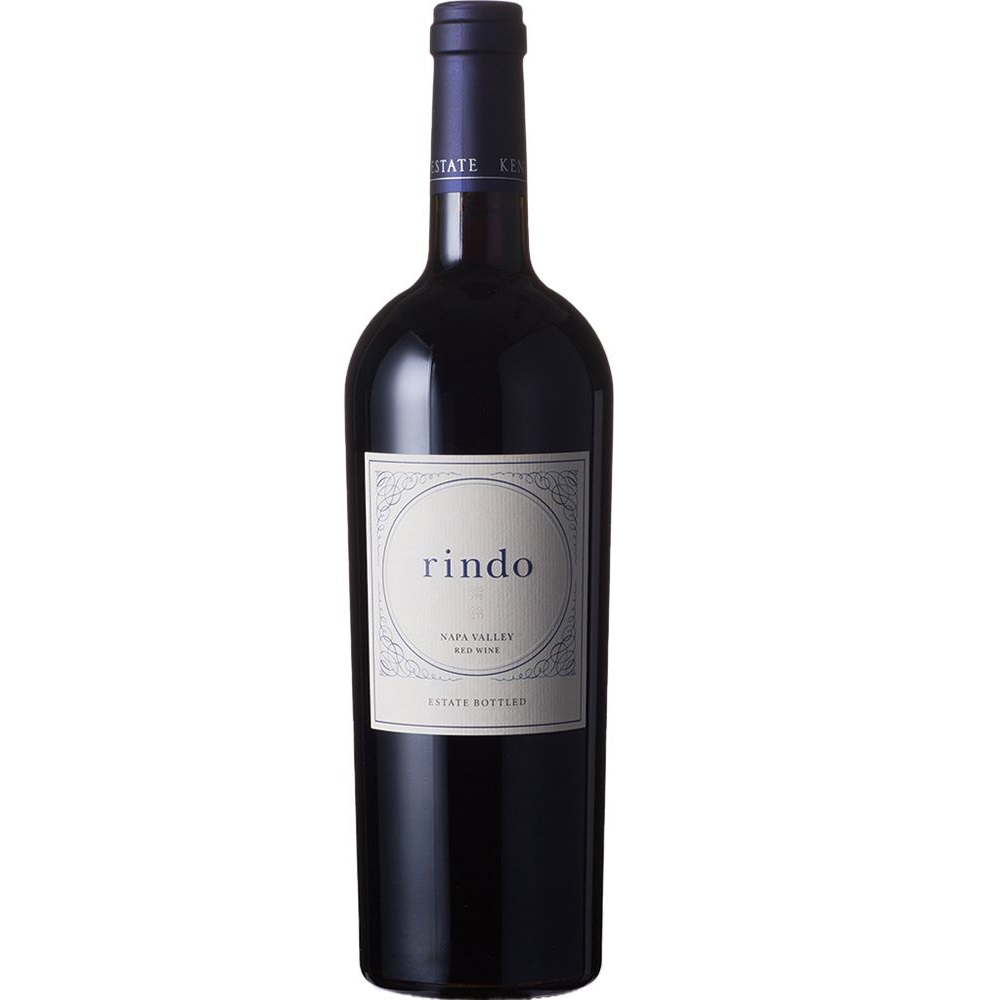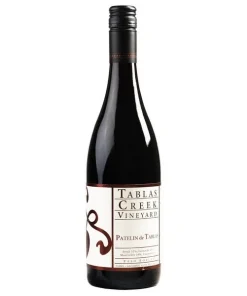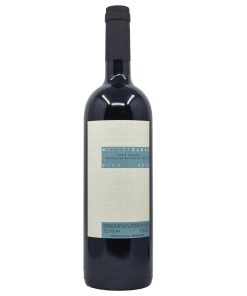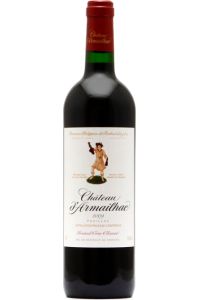-
×
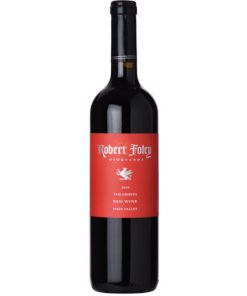 2018 Robert Foley The Griffin
1 × $36.99
2018 Robert Foley The Griffin
1 × $36.99
2018 Orin Swift Papillon Red Napa Valley
$72.99
93 Wine Spectator
Out of stock
2018 Orin Swift Papillon Red Napa Valley
2018 Orin Swift Papillon Red Napa Valley Powerful aromatics escape the glass of this 2018 wine with rich notes of ripe blackcurrant, blackberry, peppercorn and a touch of chaparral supported by a frame of sweet oak. Intensely layered and decadent on entry, the wine exudes characteristics of black plum, boysenberry, kirsch and dark chocolate with a silky soft yet weighty texture. A prolonged finish of Provençal lavender, fig leaf and ripe currants close out the wine.
Orin Swift
The history of Orin Swift Cellars dates back to 1995 when on a lark, David Swift Phinney took a friend up on an offer and went to Florence, Italy to spend a semester “studying”. During that time, he was introduced to wine, how it was made, and got hooked. A few more years of university led to graduation and eventually a job at Robert Mondavi Winery in 1997 as a temporary harvest worker. Deciding that if he was going to work this hard, it would eventually have to be for himself, so in 1998 he founded Orin Swift Cellars; Orin is his father’s middle name and Swift is his mother’s maiden name. With two tons of zinfandel and not much else, he spent the next decade making wine for others as well as himself and grew the brand to what it is today.
Red wine
Red wine has been prevalent since prehistory (the period before written records) as winemaking originated and spread throughout the world. In this case, “red blend” refers to any red wine that contains more than one red grape variety in the final product, though certain red blends can have their own designation as varietal wines despite comprising multiple grapes.
For much of the history of European wine, red blends were in fact more common than single varietals, as winemaking was typically region-centric and featured grapes consolidated from vineyards across a given area. One famous example of this practice is the Bordeaux blend, which originated in the 18th or 19th century and usually comprises Cabernet Sauvignon, Merlot and Cabernet Franc.
Though prominent red blends such as Bordeaux still remain popular, many red blends have been associated with lower quality due to the assumption that the term indicates cheaper table wines. However, many high-quality wine producers still elect to produce red blends, and these wines can in fact offer many unique and delicious flavors due to the winery’s ability to custom design the profile of their product.
Related products
$77.00
93-94 Vinous 96WE
Deal
Wines!
Wines!
Red Blend
94pts Parker’s WA 94pts Galloni 94pts Suckling (2023-2033)
Deal
Wines!
Wines!
Red Blend
SAVE 36% 2021 96pt Parker Vintage.

